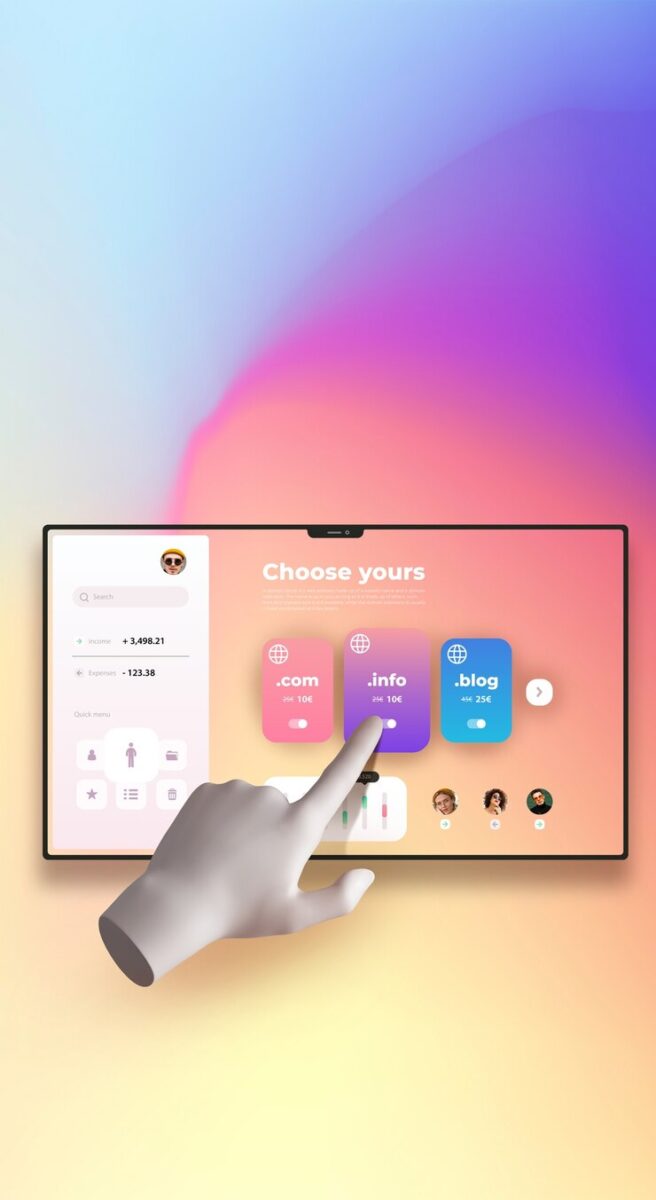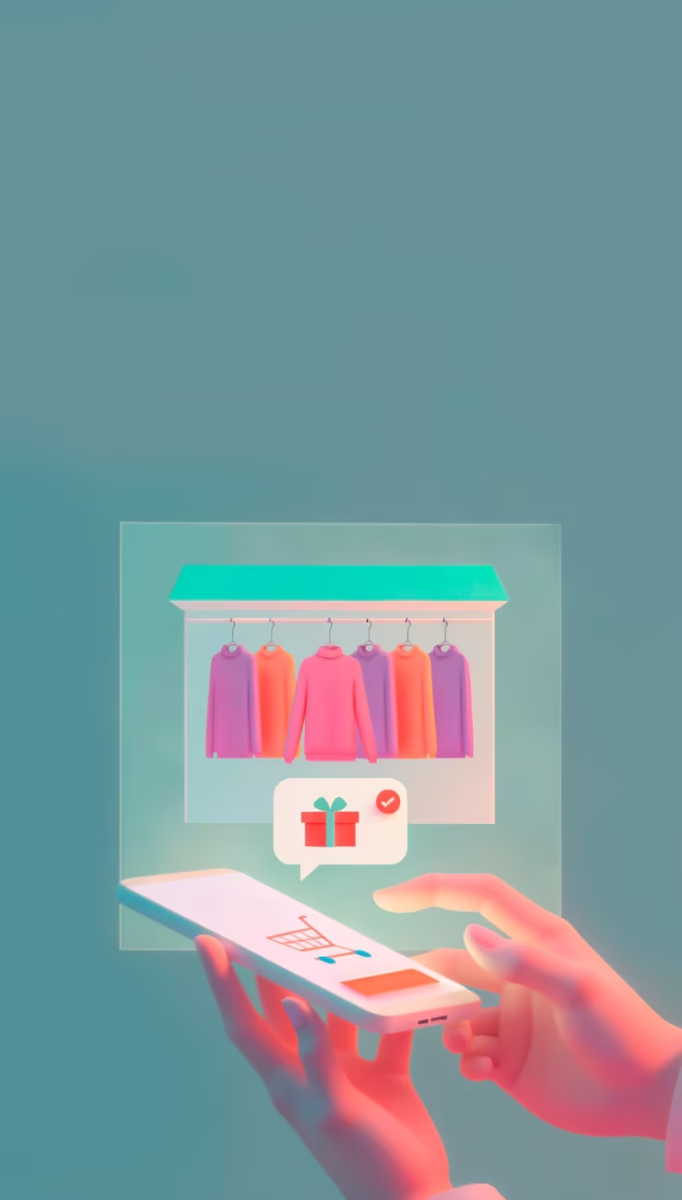Creative Product Descriptions That Boost Online Sales
Let me ask you something: When was the last time a product description actually made you stop scrolling and think, “Okay, I need this in my life”?
Exactly. Most product descriptions sound like they were written by a robot who’s had one too many coffee breaks. Dry, soulless, and stuffed with specs no one asked for. But here’s the truth bomb—those little blocks of text? They’re your silent salespeople. And if they’re not charming your customers, you’re literally leaving money on the table.
So today, I’m pulling back the curtain and showing you how to write creative product descriptions that actually boost online sales. Grab your coffee (or wine, I don’t judge) and let’s dive in.

The Secret Weapon Most Online Stores Forget
Imagine you walk into a boutique and ask the clerk, “Hey, what’s this candle all about?” And she says:
“Soy-based wax. 10 oz. Cotton wick.”
Wow. Riveting. You’re definitely not buying that candle.
Now imagine she leans in and says, “This candle smells like a cozy mountain cabin—the kind where you curl up in a thick knit blanket and watch snowflakes tap dance on the windows. Notes of cedar, amber, and a whisper of smoked vanilla.”
Now we’re talking.
That’s what your product descriptions should do. Not just inform, but entice. They should make people feel something. Because at the end of the day, people don’t just buy products—they buy feelings, stories, and little promises of a better life.
What’s Wrong with Most Product Descriptions
Let me shoot straight: most product descriptions are about as exciting as reading a dishwasher manual at midnight.
And here’s why they fail:
They’re Too Generic
“This shirt is made from cotton and available in three colors.”
Well, no kidding. That could describe a thousand other shirts. There’s nothing specific, emotional, or unique about that line. It doesn’t tell me why your shirt deserves a spot in my closet.
They Sound Like a Robot Wrote Them
Ever seen descriptions like this?
“High-performance jacket with moisture-wicking technology for optimal results.”
Cool. But where’s the soul? That sounds like it came straight from a tech spec sheet or was spat out by an AI on autopilot.
Let’s be real—customers are people, not algorithms. If your copy doesn’t talk like a human, it won’t connect like one.
They Focus Only on Features, Not Benefits
Features = facts.
Benefits = feelings.
Telling me a blender has 6 blades and 5 speeds is fine, but telling me it’ll make velvety smoothies that’ll make me feel like a health goddess on Monday morning? Now you’ve got my attention.
They Lack Brand Voice or Personality
Every brand has a vibe. Whether you’re quirky, elegant, rebellious, or minimalist—your product descriptions should sound like you. But most descriptions feel… flavorless. Like plain oatmeal without even a sprinkle of cinnamon.
When your copy has no voice, your brand disappears into the crowd.
They Forget the Customer Altogether
Here’s a harsh truth: Your product isn’t the hero—your customer is. But bad product descriptions only talk about the item, not the person using it.
What’s in it for them? How does it solve a problem or make their life better? If you’re not answering that, you’re not selling—you’re just listing.
They Don’t Inspire Action
Finally, many descriptions end with a limp whimper. “Add to Cart” is fine, but where’s the urgency? The intrigue? The gentle nudge that says, “Hey, your dream bathrobe is waiting. Don’t leave it hanging.”
Bottom line:
Bad product descriptions are like background noise—easy to ignore. But when you give them a pulse, a purpose, and a little personality? They become one of your most powerful selling tools.
Coming up next: how to flip the script and turn boring blurbs into conversion candy.

What Makes a Product Description Sell
Here’s the juicy bit: great product descriptions tap into emotion. They spark curiosity, stir up desire, and whisper sweet nothings to your customer’s imagination.
Here’s what they do differently:
1. They sell benefits, not just features.
Nobody cares if your skincare serum has 2% niacinamide. They want to know if it’ll make their skin glow like a glazed donut.
2. They speak in your brand’s voice.
Are you fun and cheeky? Luxe and elegant? Eco-nerdy? Your product descriptions should sound like you, not like a corporate brochure.
3. They tell a story.
More on this in a sec, but trust me: a mini-narrative is pure gold.
The Anatomy of a High-Converting Product Description
Let’s break it down like a build-your-own burrito bar. Here’s what you want in your product copy:
✨ A Headline That Hooks
Make it playful, clever, or curiosity-driven. Something like:
-
“Warning: You’ll Never Want to Take These Off” (for cozy sweatpants)
-
“Smells Like Sunday Morning” (for a vanilla candle)
-
“Your Skin’s New Obsession” (for a moisturizer)
✨ A Descriptive, Benefit-Driven Body
Tell me what this thing does for me. Instead of saying:
“Made with organic chamomile extract”
Try:
“Calms cranky skin faster than your bestie talks you out of texting your ex.”
See the difference?
A Tiny Story or Use Case
Paint a scene. Drop the reader into a moment. Example:
“You toss it in your weekend bag, just in case the Airbnb pillows are… questionable. You’ll be so glad you did.”
Social Proof (Even a Whisper)
Sneak in a customer review, a quote, or even a “Best Seller” tag. It’s like giving your product a digital high-five.
A Call-to-Action That Isn’t Lame
Let’s retire “Add to Cart” and bring in:
-
“Grab yours before it’s gone”
-
“Get cozy now”
-
“Your self-care ritual starts here”
Storytelling Sells—Here’s How to Use It
I’m obsessed with mini product stories. They turn boring listings into bite-sized daydreams.
You don’t need a novel—just a sentence or two. Set the scene. Make the reader imagine their life with your product.
Instead of:
“This mug holds 12 oz. and is dishwasher safe.”
Try:
“It’s the mug you reach for on slow, rainy mornings—the one that makes your chai taste like a hug.”
Boom. Sold.
Engage the Senses: Words That Spark Imagination
Let’s talk language. Flat, cold copy doesn’t connect. You want to trigger the senses—taste, touch, smell, sound.
Say:
-
“Buttery-soft knit”
-
“Crunchy, caramelized coating”
-
“Zingy citrus burst”
-
“Feels like a warm breeze on bare skin”
Avoid:
-
“High-quality”
-
“Nice texture”
-
“Tastes good”
-
“Very comfortable”
Those say nothing. Sensory words? They sell.
Want some inspiration? Here’s a short list of power words:
-
Lush
-
Silky
-
Smoky
-
Zesty
-
Effervescent
-
Crisp
-
Velvety
-
Hearty
-
Bold
-
Whisper-light

Tailoring Descriptions by Product Type
You can’t copy-paste your style across every product. Here’s how to tweak your tone depending on what you’re selling:
👗 Fashion
Focus on how it makes people feel—confident, cozy, sexy. Talk about movement, texture, and the vibe.
“Float through the day in this breezy dress made for spontaneous brunches and golden hour selfies.”
💻 Electronics
Cut the tech lingo. Focus on ease, lifestyle, and sleekness.
“From Zoom calls to Netflix binges, this laptop keeps up—without the fan sounding like a jet engine.”
🥘 Food & Beverage
Lean hard into cravings and indulgence.
“A gooey, golden center that oozes vanilla and nostalgia with every bite.”
🕯️ Home Goods
Use sensory and aesthetic language. Help them see it in their space.
“This lamp doesn’t just light up a room—it sets the mood. Think: warm glow, soft edges, and instant calm.”
SEO That Doesn’t Sound Like a Robot
Yes, SEO matters. But please, don’t let it ruin the vibe.
Here’s how to do it right:
-
Use your keywords naturally (like “creative product descriptions” or “moisturizer for dry skin”)
-
Sprinkle them into headers, bullets, and meta descriptions
-
Keep your sentences short and punchy
-
Use bullet points for features—it’s scannable and Google loves it
Oh, and don’t forget to write killer meta descriptions. If they don’t make someone click, what’s the point?
Real-Life Makeover: Before vs. After
Let’s play copy doctor. Here’s a sad, real example I found (name withheld to protect the boring):
Before:
“This bag is made from vegan leather and has an adjustable strap. Available in three colors.”
After:
“Your new everyday sidekick—crafted in buttery vegan leather that looks luxe, feels dreamy, and wears like a charm. Sling it over your shoulder and strut.”
Can you feel the second one? That’s what you’re going for.
Quickfire Tips for Writing Faster, Better Descriptions
Running short on time (or patience)? These tricks have saved me more times than I can count:
-
Use your voice: Literally. Record yourself describing the product, then write it down.
-
Write to one person: Picture your ideal customer and talk to them.
-
Use a template: Create a basic format you can tweak for each listing.
-
Read it out loud: If it sounds dull or awkward, rewrite it.
-
Swipe file magic: Keep a collection of killer product descriptions that inspire you.
Wrap-Up: Your Words Have Power—Use Them Well
If you’ve made it this far, here’s what I hope you take away: your product descriptions aren’t fluff. They’re a golden opportunity to connect, persuade, and convert.
So next time you sit down to write one, remember: You’re not just describing a product. In fatc You’re painting a picture. You’re telling a story. You’re giving your customer a reason to say, “Yes. I want that.”
Now, here’s my challenge to you: go pick one of your product listings and give it a makeover. Turn it into something irresistible. Something fun. Something real.
Your customers—and your bottom line—will thank you.
Bonus: Want a copywriting checklist I use for every product page? Shoot me a DM or drop a comment—I’ll send it your way.
Until next time, keep writing stuff that sells.
Conclusion
And there you have it! Crafting creative product descriptions isn’t just about writing a few sentences and slapping them on your site—it’s about connecting with your customer. It’s about bringing your products to life, making them feel personal, desirable, and, most importantly, irresistible.
Remember: when you’re writing product descriptions, you’re not just listing features or specs—you’re telling a story. You’re painting a picture of how your product will make your customer’s life better, easier, or more exciting. Whether it’s the cozy sweater they’ll never want to take off or the skincare serum that gives them a glow-up, your words should speak to their desires, their emotions, and their everyday needs.
So, next time you sit down to write, think beyond the “boring” copy. Use sensory language, tell a mini story, and don’t be afraid to let your brand’s personality shine through. Your product descriptions have the power to turn casual browsers into loyal buyers, one creative word at a time.
Now, it’s your turn: go take a look at your product pages and give them the makeover they deserve. I promise, with the right words, you’ll see those sales climb and your customers smiling back at you.
Until next time, keep writing with heart—and always make your product descriptions pop!

(Maybe you are also interested: How to Use Storytelling to Sell Products Online)
FAQs
1. Why are product descriptions so important for boosting online sales?
Product descriptions are more than just words on a page—they’re your chance to connect with potential buyers. Well-crafted descriptions do more than inform; they persuade, inspire, and even tap into customers’ emotions. By focusing on the benefits, painting a picture, and showcasing your brand’s personality, you make your product stand out, which can ultimately lead to higher conversions and sales.
2. How can I make my product descriptions more creative?
To infuse creativity into your product descriptions, start by thinking like a storyteller. Paint a picture of how your product fits into your customer’s life. Use sensory words that trigger emotions and appeal to their desires. And don’t forget your brand’s personality—whether you’re quirky, elegant, or laid-back, make sure that shines through. You can also use humor, metaphors, and mini-stories to make your descriptions feel more engaging.
3. What’s the difference between a feature and a benefit in a product description?
Great question! A feature is simply what a product has—its specifications, dimensions, or technical aspects. A benefit, on the other hand, is how that feature helps the customer or makes their life better. For example, instead of saying, “This phone has a 5.7-inch display,” say, “This phone’s vibrant 5.7-inch display lets you enjoy movies, games, and video calls in crystal-clear detail.” See the difference? It’s all about shifting the focus from the product to the customer’s experience.
4. How do I balance SEO with creativity in product descriptions?
Great product descriptions should not only engage customers but also be optimized for search engines. Start by incorporating keywords naturally—don’t stuff them in unnaturally! For example, if you’re selling a cozy blanket, include terms like “soft throw blanket,” “cozy fleece blanket,” or “luxury comforter,” but make sure they fit naturally in the flow of the description. Focus on writing for the reader first, then optimize for SEO second. It’s about balancing the art of persuasion with the science of search engines.
5. Can I use customer reviews or social proof in my product descriptions?
Absolutely! In fact, it’s a smart strategy. Adding customer testimonials or snippets of positive reviews can significantly boost trust and increase sales. Social proof reassures potential buyers that others have had a positive experience with your product. Whether it’s a glowing review or a social media post featuring your product, sprinkling in some authentic feedback gives your description credibility and builds confidence.

